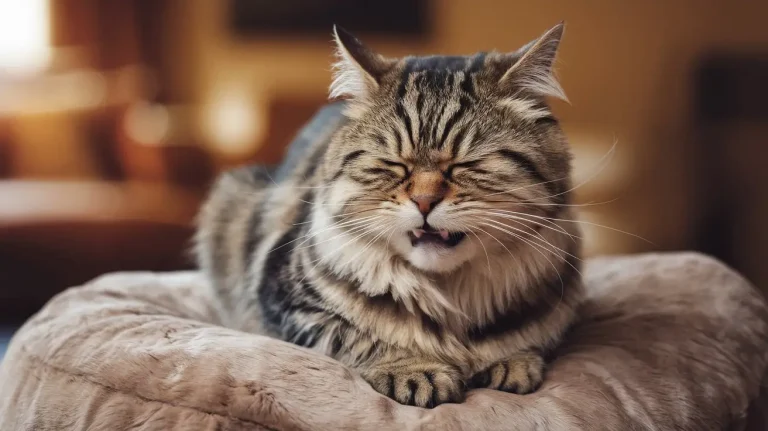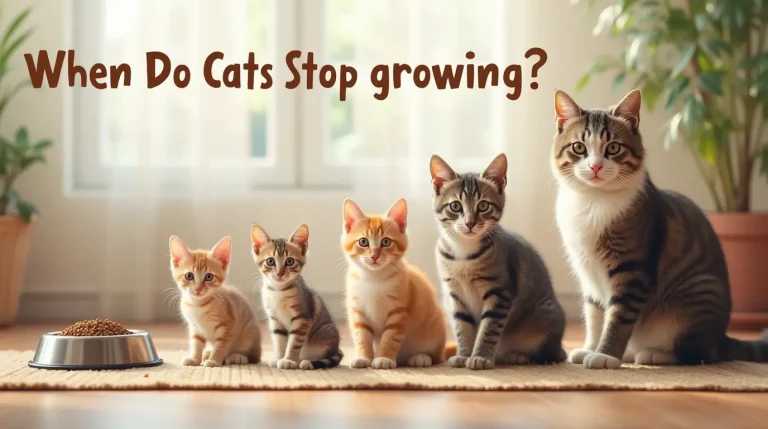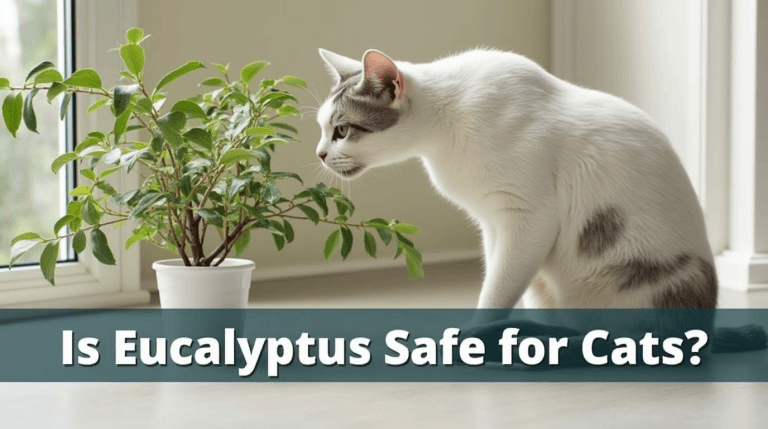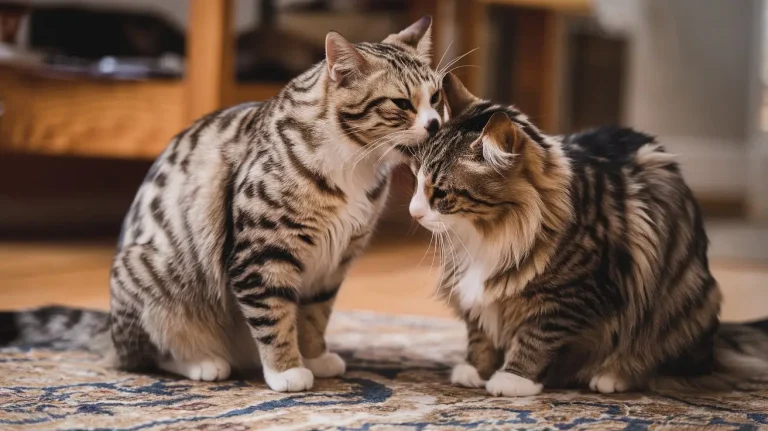Table of Contents
Decoding feline mannerisms
As a cat owner, I have always been fascinated by the mysterious nature of these majestic creatures. Cats are known for their enigmatic behavior, and understanding what goes on in their minds can be a challenging task. However, by decoding their mannerisms, we can gain valuable insights into their needs, emotions, and overall well-being. In this article, I will delve into the secrets behind feline behavior and provide you with the tools to understand your cat’s behavior better way.
The importance of understanding your cat’s behavior
To understand your cat’s behavior is crucial for several reasons. Firstly, it allows you to provide a safe and nurturing environment for your pet. By recognizing the signs of stress, anxiety, or discomfort, you can take appropriate measures to alleviate their suffering. Secondly, decoding feline mannerisms enables you to strengthen your bond with your cat. When you can interpret their body language, vocalizations, and other forms of communication, you can respond in a way that makes them feel understood and loved. Lastly, comprehending your cat’s behavior can help you identify any underlying health issues or behavioral problems early on, ensuring prompt intervention and treatment.
Common cat behaviors and their meanings
Cats exhibit a wide range of behaviors, each with its own unique meaning. Let’s explore some of the most common ones and what they signify.
1. Purring: When your cat purrs, it typically indicates contentment and relaxation. However, it can also be a sign of pain or distress in certain situations. Pay attention to the context and other accompanying behaviors to determine the true meaning behind the purring.
2. Meowing: Cats use meowing as a form of communication with humans. Each meow can convey different messages, such as hunger, attention-seeking, or wanting to be let outside. By paying attention to the tone and frequency of their meows, you can better understand their needs.
3. Hissing: Hissing is a defensive behavior that cats employ when they feel threatened or scared. It serves as a warning to potential aggressors to back off. If your cat hisses, it’s important to give them space and identify the source of their fear to prevent any aggressive behavior.
Decoding body language: What your cat’s posture and tail movements mean
A cat’s body language is a rich source of information about their mood and intentions. By observing their posture and tail movements, you can decipher their emotions and respond accordingly.
1. Relaxed posture: When your cat is in a relaxed state, they will have a loose and fluid body posture. Their tail may be held low or gently swaying from side to side. This indicates that they are comfortable and at ease.
2. Arched back: An arched back in a cat usually signifies fear or aggression. When a cat feels threatened, they may try to appear larger by raising their back and puffing out their fur. It’s important to approach them cautiously and provide reassurance in such situations.
3. Tail movements: A cat’s tail can convey a myriad of emotions. A slowly wagging tail often indicates curiosity, while a rapidly thrashing tail signifies agitation or anger. A relaxed, gently swaying tail suggests contentment. Paying attention to these subtle cues can help you gauge your cat’s mood and respond accordingly.
Vocalizations: Interpreting your cat’s meows, purrs, and hisses
Cats have a wide repertoire of vocalizations, each with its own distinct meaning. By familiarizing yourself with these sounds, you can better understand what your cat is trying to communicate.
1. Short meow: A short, high-pitched meow is often a greeting or an indication of excitement. Your cat may be saying hello or expressing their happiness at seeing you.
2. Prolonged meow: A prolonged meow with a lower pitch usually indicates a demand for attention or food. Your cat may be telling you that they want something specific and are seeking your assistance.
3. Hissing: Hissing is a clear sign of aggression or fear. It is a warning sound that cats use to ward off potential threats. If your cat hisses, it’s important to give them space and avoid any sudden movements that may escalate the situation.

Understand Your Cat’s Behavior by communication through facial expressions and eye contact
While cats may not have the same range of facial expressions as humans, they can still convey a lot through their eyes and facial movements. By paying attention to these subtle cues, you can gain insight into your cat’s emotions.
1. Dilated pupils: Dilated pupils in cats often indicate excitement or fear. If your cat’s pupils are enlarged, it’s important to assess the situation and provide a calming influence if they are feeling anxious.
2. Slow blinking: When a cat gives you a slow blink, it is a sign of trust and affection. It’s their way of saying that they feel comfortable and safe in your presence. Return the gesture by blinking slowly back at them to strengthen your bond.
3. Ears position: The position of a cat’s ears can reveal a lot about their mood. When their ears are forward and slightly tilted, it indicates attentiveness and curiosity. On the other hand, flattened ears signify fear or aggression. Understanding these subtle cues can help you respond appropriately to your cat’s needs.
Understanding territorial behavior and marking
Cats are territorial animals, and understanding their territorial behavior is essential for their well-being. Marking is one way cats establish and maintain their territories.
1. Urine marking: Cats use urine marking as a way to communicate their presence and establish boundaries. It’s their way of saying, “This is my territory.” If your cat starts urine marking indoors, it could be a sign of stress or anxiety. Identifying and addressing the underlying cause is crucial to resolving this behavior.
2. Scratching: Scratching serves multiple purposes for cats. It helps them shed the outer layers of their claws, stretch their muscles, and mark their territory through scent glands in their paws. Providing appropriate scratching posts and regularly trimming your cat’s claws can help redirect this behavior and protect your furniture.
3. Rubbing against objects: When a cat rubs against you or objects in your home, they are depositing their scent and marking them as part of their territory. It’s a sign of comfort and ownership. Embrace these moments as a testament to the bond you share with your cat.
Deciphering play behavior and hunting instincts
Play behavior is an integral part of a cat’s daily routine. It not only provides mental and physical stimulation but also allows them to express their natural hunting instincts.
1. Chasing and pouncing: Cats love to chase and pounce on moving objects, mimicking their hunting instincts. Engaging in interactive play sessions with your cat using toys and laser pointers can help satisfy their predatory needs and strengthen your bond.
2. Stalking and hiding: Cats often exhibit stalking behavior, crouching low to the ground and carefully observing their surroundings. This behavior is a reflection of their hunting instincts and should be encouraged through the use of puzzle toys and hiding spots.
3. Batting and swatting: Playful batting and swatting are common behaviors that cats display during play sessions. It’s their way of practicing their hunting skills and engaging in mock combat. Providing appropriate toys and outlets for this behavior can help keep your cat entertained and mentally stimulated.
Understand Your Cat’s Behavior by Unraveling aggression and fear
Aggression and fear are complex behaviors that can be challenging to decipher in cats. It’s essential to understand the underlying causes and triggers to address these issues effectively.
1. Redirected aggression: Cats may exhibit redirected aggression when they are unable to direct their frustration or fear towards the source of their distress. This can lead to aggressive behavior towards other animals or even humans. Identifying the trigger and providing a safe environment for your cat is crucial in managing this behavior.
2. Fearful behavior: Cats may display fearful behavior when they are exposed to unfamiliar or stressful situations. This can include hiding, hissing, or even aggression. Creating a calm and secure environment and slowly introducing your cat to new experiences can help alleviate their fear and build their confidence.
3. Social aggression: Some cats may display aggression towards other cats or animals in their territory. This behavior is often driven by the need to establish dominance or protect their resources. Providing separate spaces, plenty of resources, and gradual introductions can help minimize social aggression.
Tips for building a strong bond with your cat through understanding their behavior
Building a strong bond with your cat starts with understanding their behavior and responding to their needs. Here are some tips to help you create a harmonious relationship with your feline companion:
1. Spend quality time together: Set aside dedicated time each day to engage in play sessions, grooming, or simply snuggling with your cat. This helps strengthen the bond between you and provides them with the attention they crave.
2. Provide a stimulating environment: Cats thrive in environments that offer mental and physical stimulation. Provide them with scratching posts, toys, and vertical spaces to explore. This helps prevent boredom and destructive behavior.
3. Respect their boundaries: Cats are independent creatures and appreciate having their own space. Respect their need for alone time and avoid forcing interactions when they are not receptive.
Wrap-up: The key to a happy and harmonious relationship with your feline companion
To understand your cat’s behavior is the key to fostering a happy and harmonious relationship. By decoding their mannerisms, you can gain valuable insights into their needs, emotions, and overall well-being. Pay attention to their body language, vocalizations, and other forms of communication to better understand their world. By doing so, you will deepen the bond between you and your feline companion, creating a lifelong partnership filled with love and understanding.





